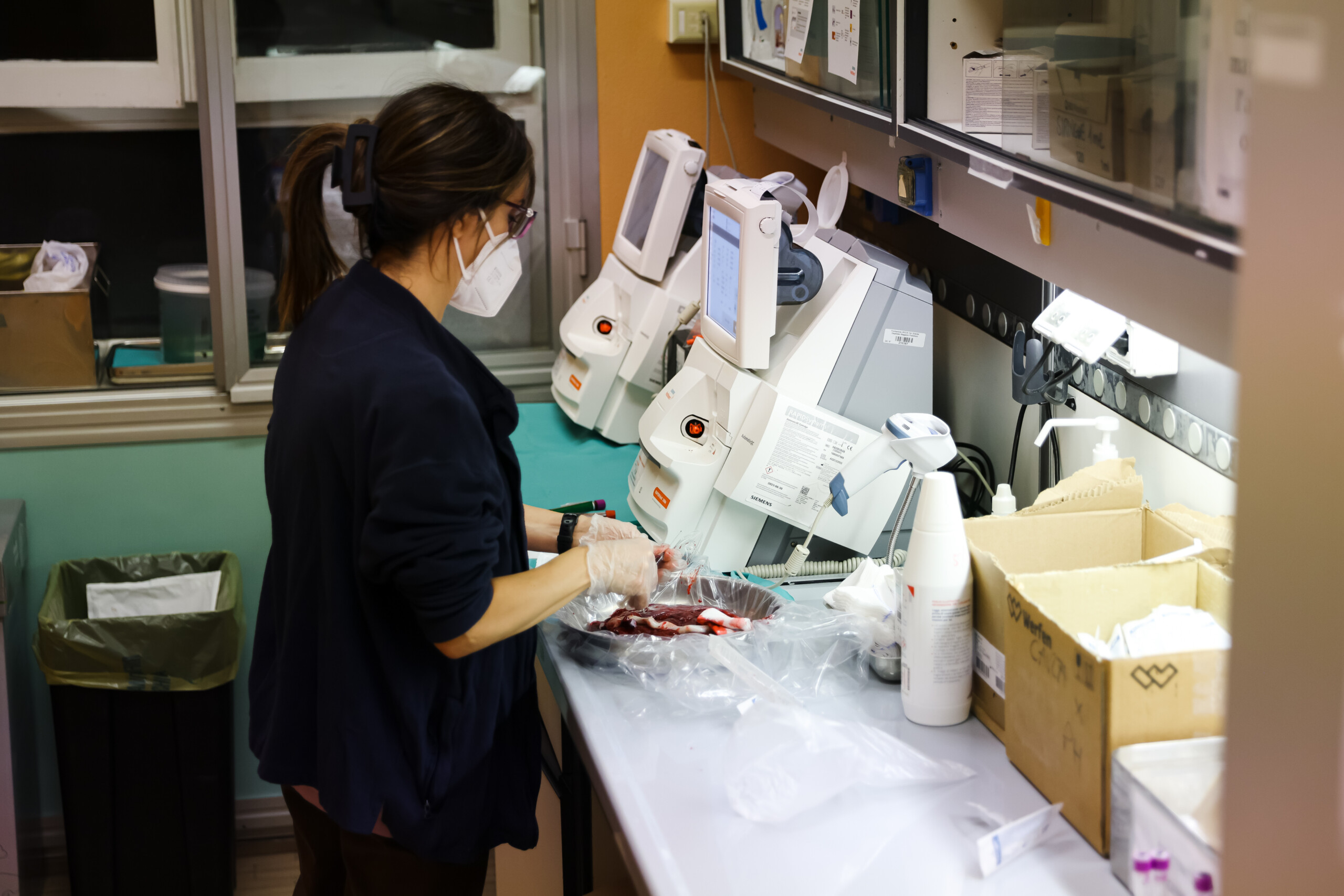Trento, May 18 (LaPresse) – Experimental treatments aimed at curing HIV infection could increase its incidence in the population if they were associated with a significant risk of relapse in treated individuals. This is the result of a study from the collaboration between the Health Emergencies Center led by Stefano Merler from the Bruno Kessler Foundation in Trento and Utrecht University, published in the journal Nature Communications.
“Current antiretroviral therapies used against HIV infection allow for control of viral replication, ensuring individuals living with HIV can have a normal life expectancy and completely block the possibility of transmission if the virus is undetectable in the blood,” the study clarifies. “However, these therapies must be maintained for life, as the virus quickly becomes capable of replication and transmission once treatment is discontinued. Therefore, biomedical research is experimenting with new drugs aiming to eradicate the virus from the body permanently, or at least prevent relapse for several years after administration.”
Using a mathematical model calibrated on HIV data from men who have sex with men in the Netherlands, the study demonstrated that adopting treatments with a risk of relapse after a few years could reverse the significant progress made in controlling HIV, increasing its incidence in the population. “This effect is attributed to transmission from individuals with undiagnosed relapses and persists even if individuals are closely monitored,” explained Giorgio Guzzetta, researcher at the Kessler Foundation. “On the other hand, the study showed that therapies that eliminate the risk of relapse entirely could significantly reduce the cumulative incidence of HIV infections among men who have sex with men in the Netherlands by up to 60 percent within 10 years of introducing the treatment.”
© Copyright LaPresse


